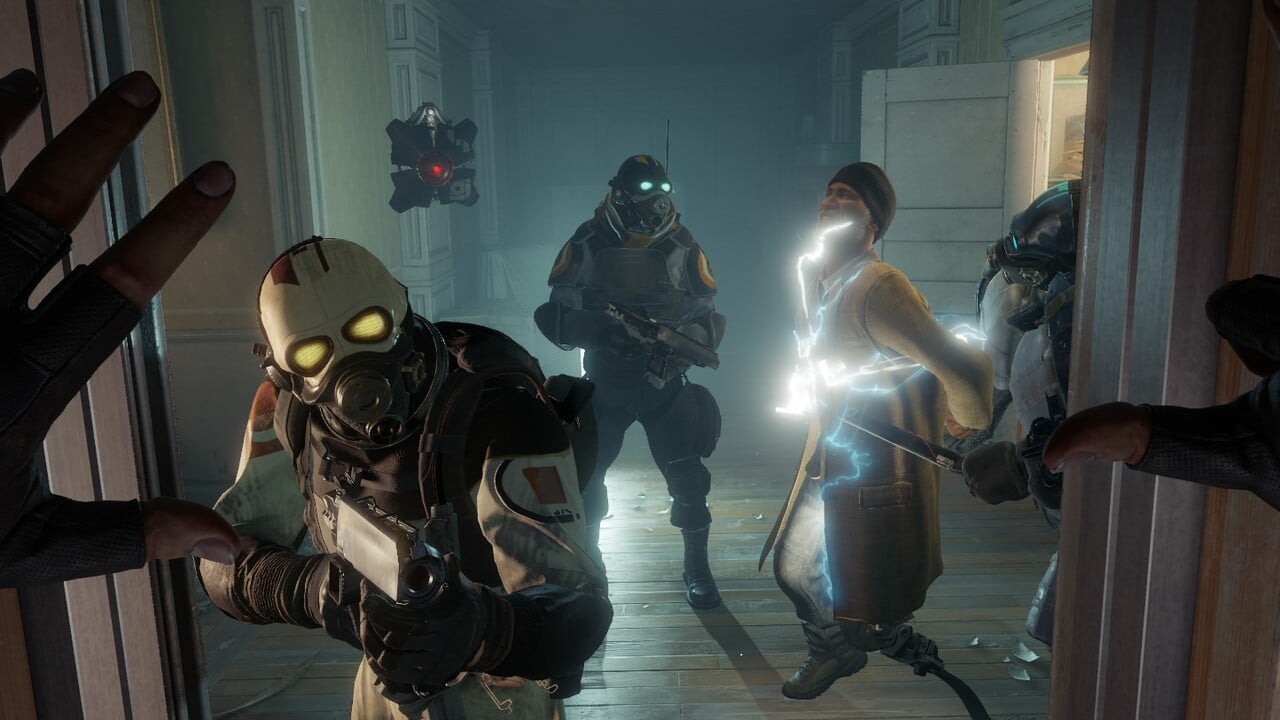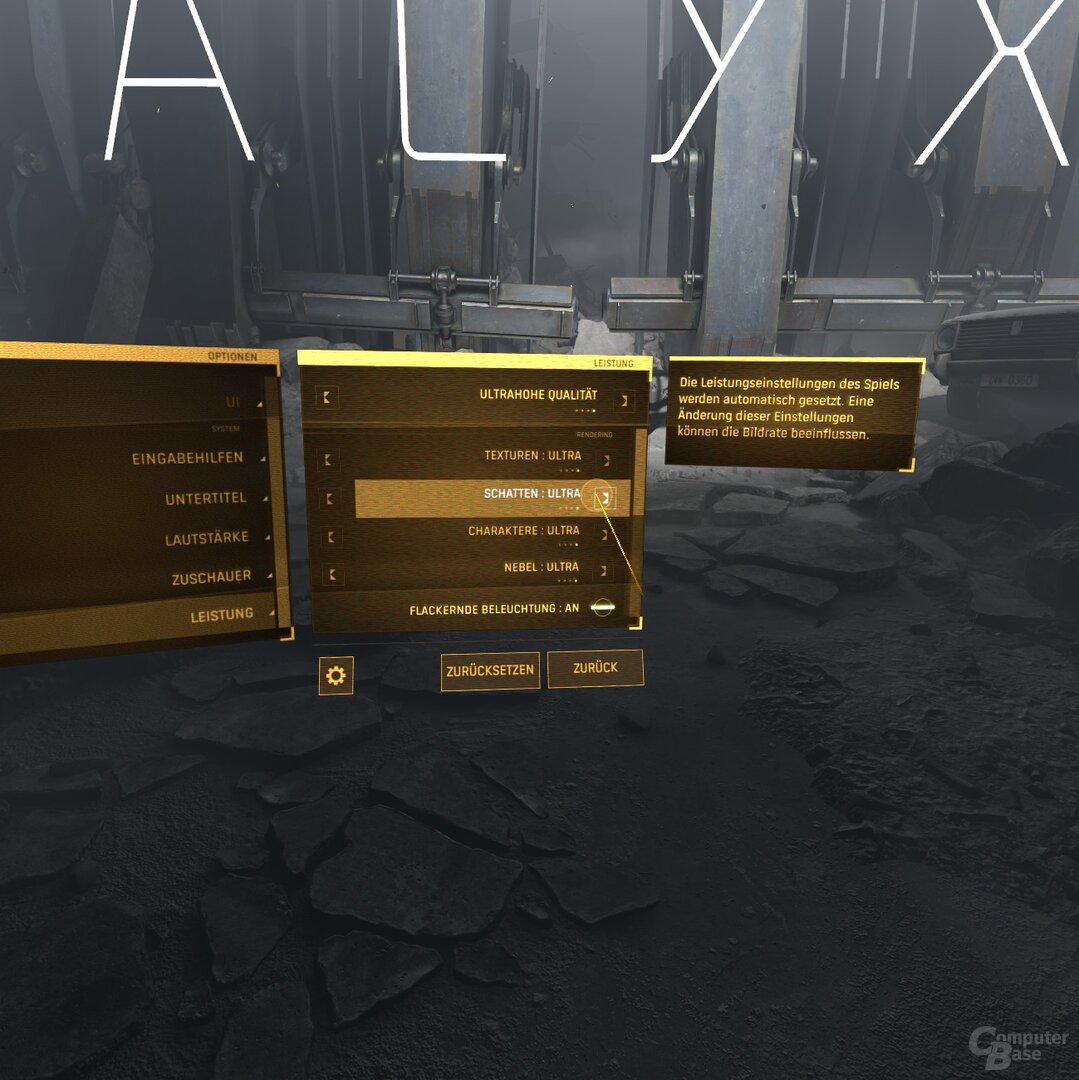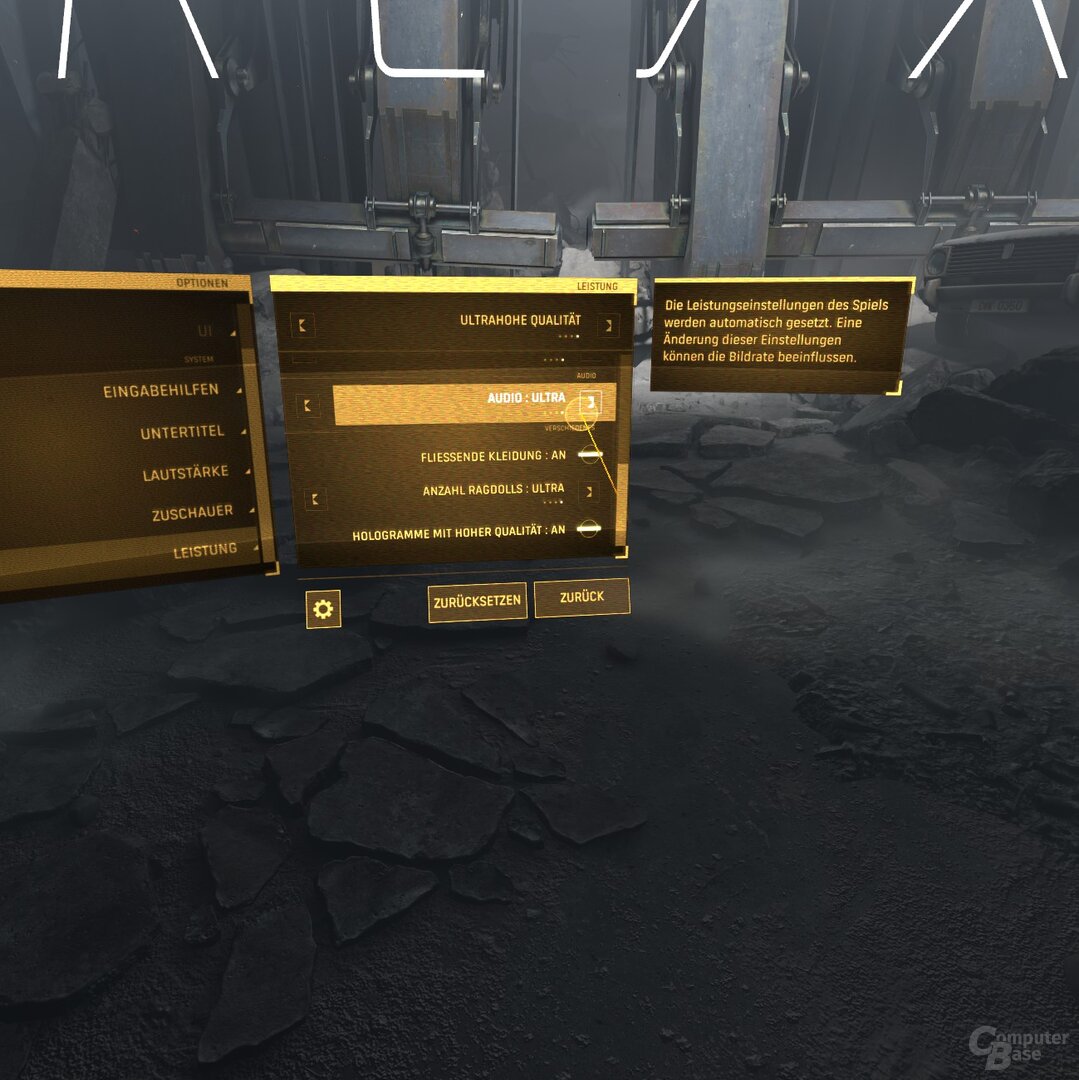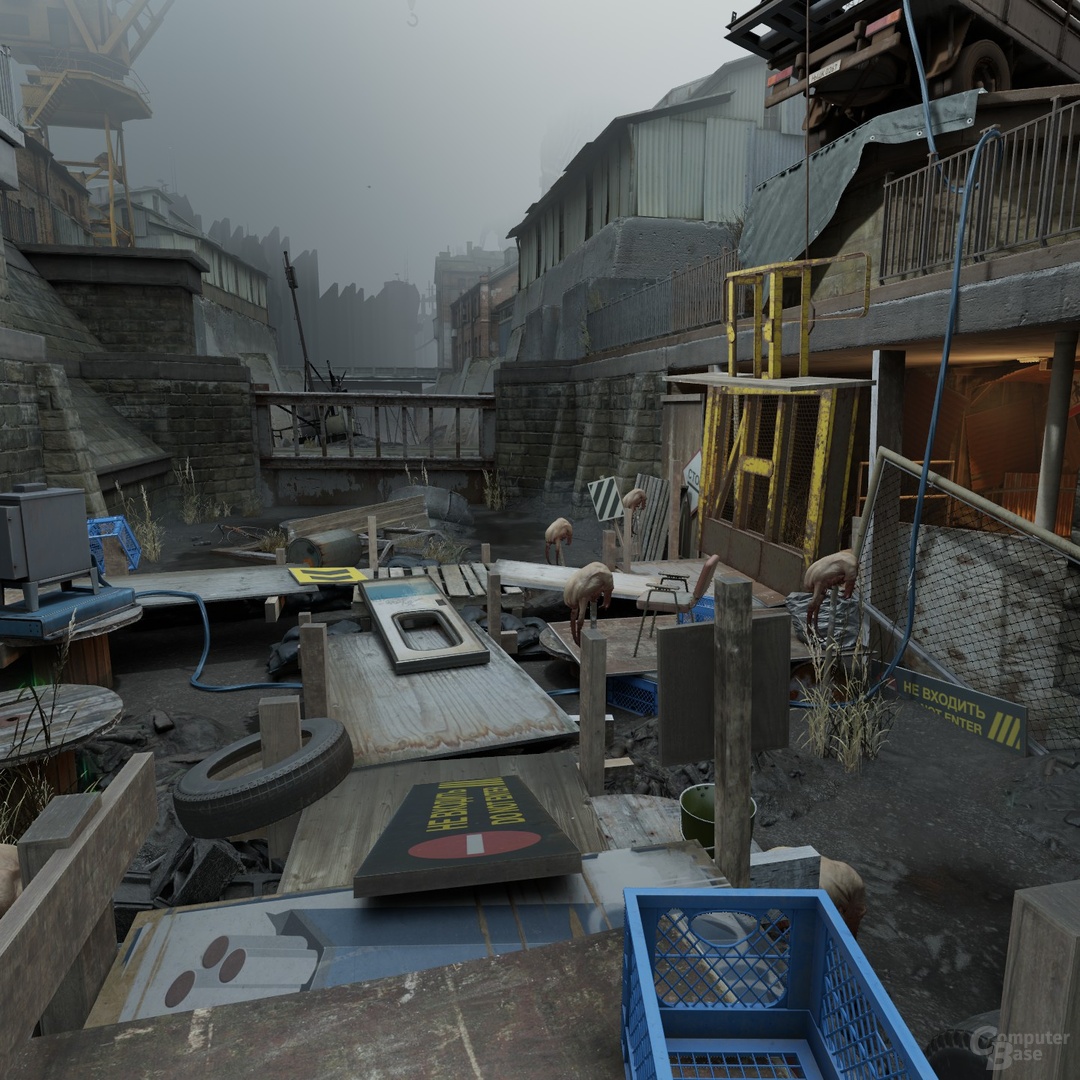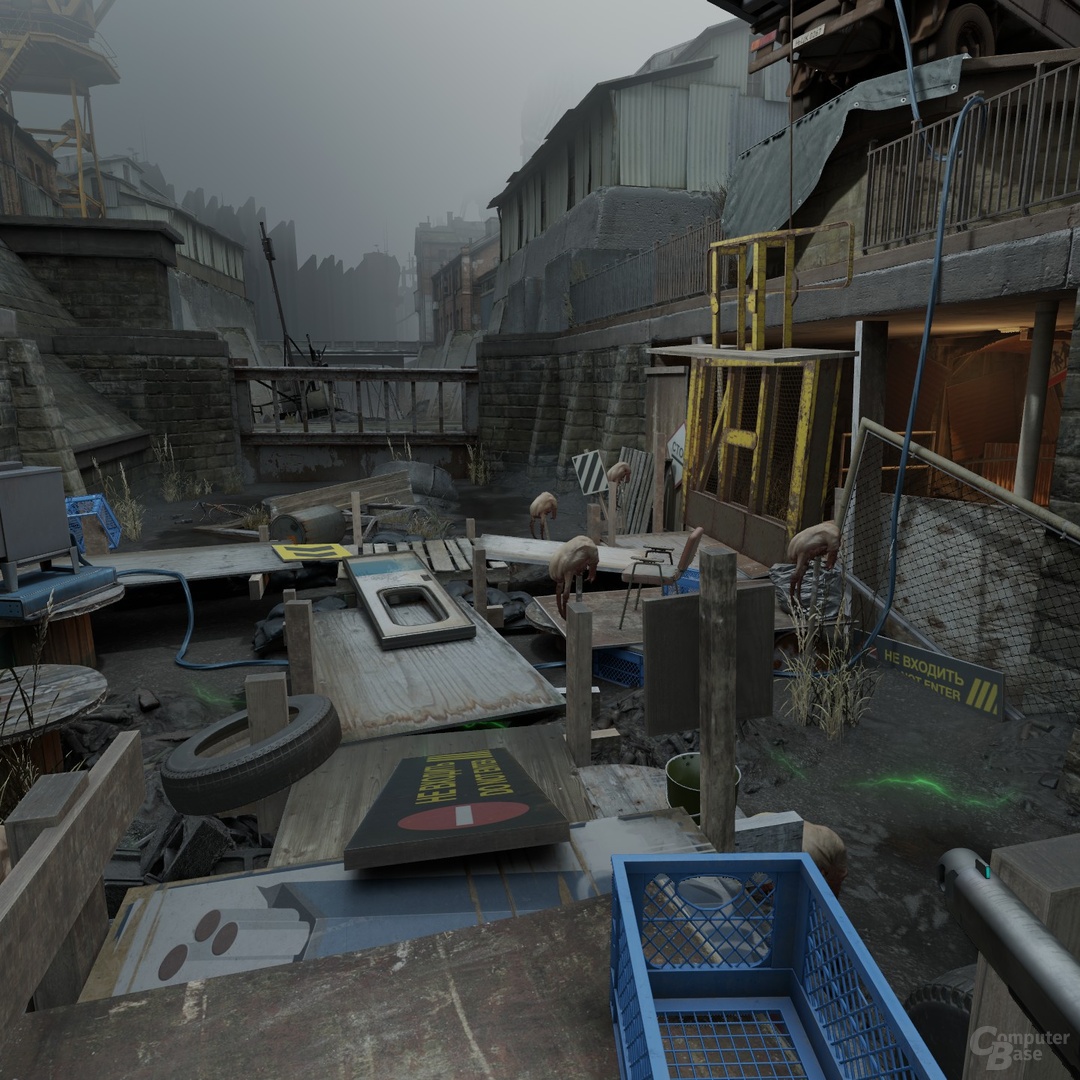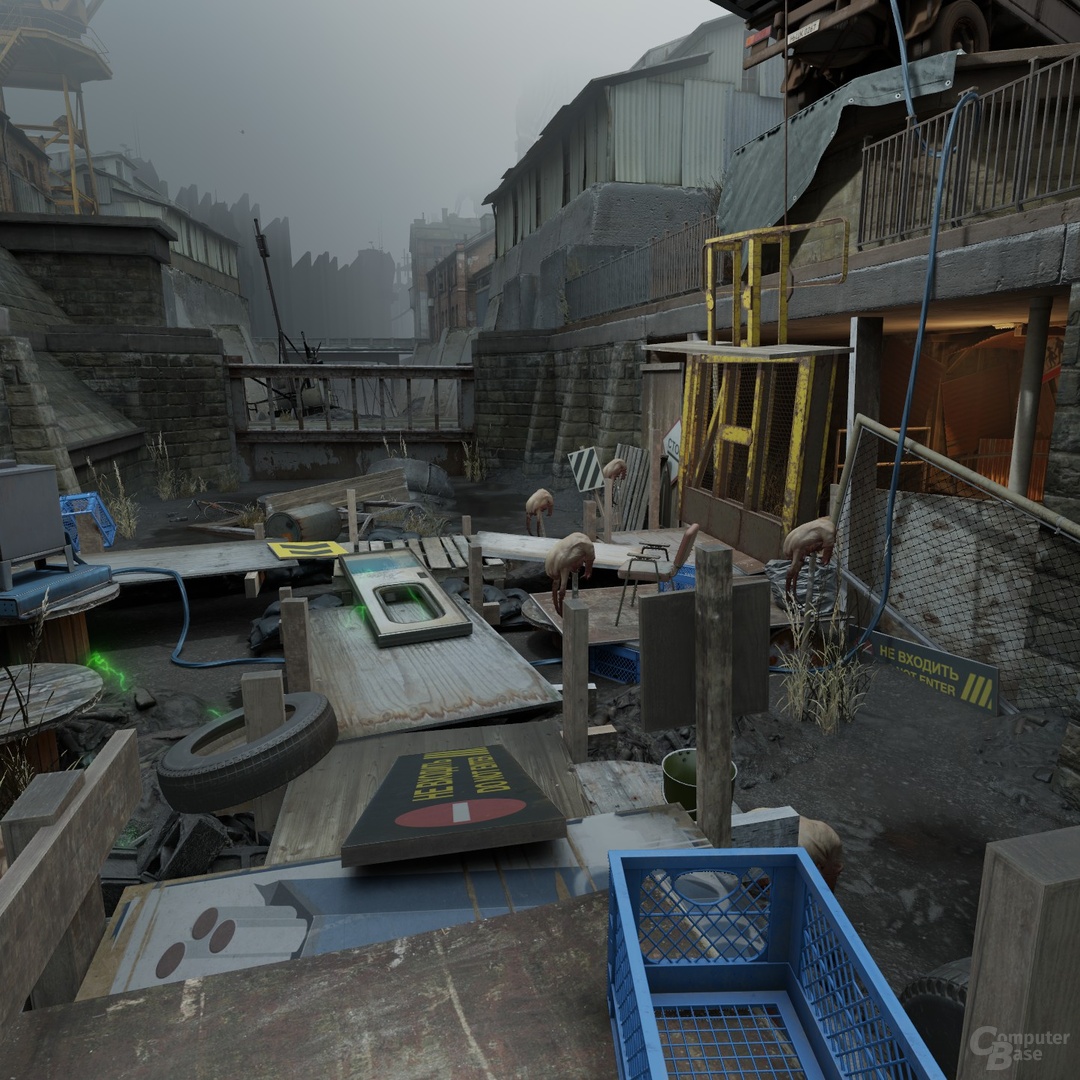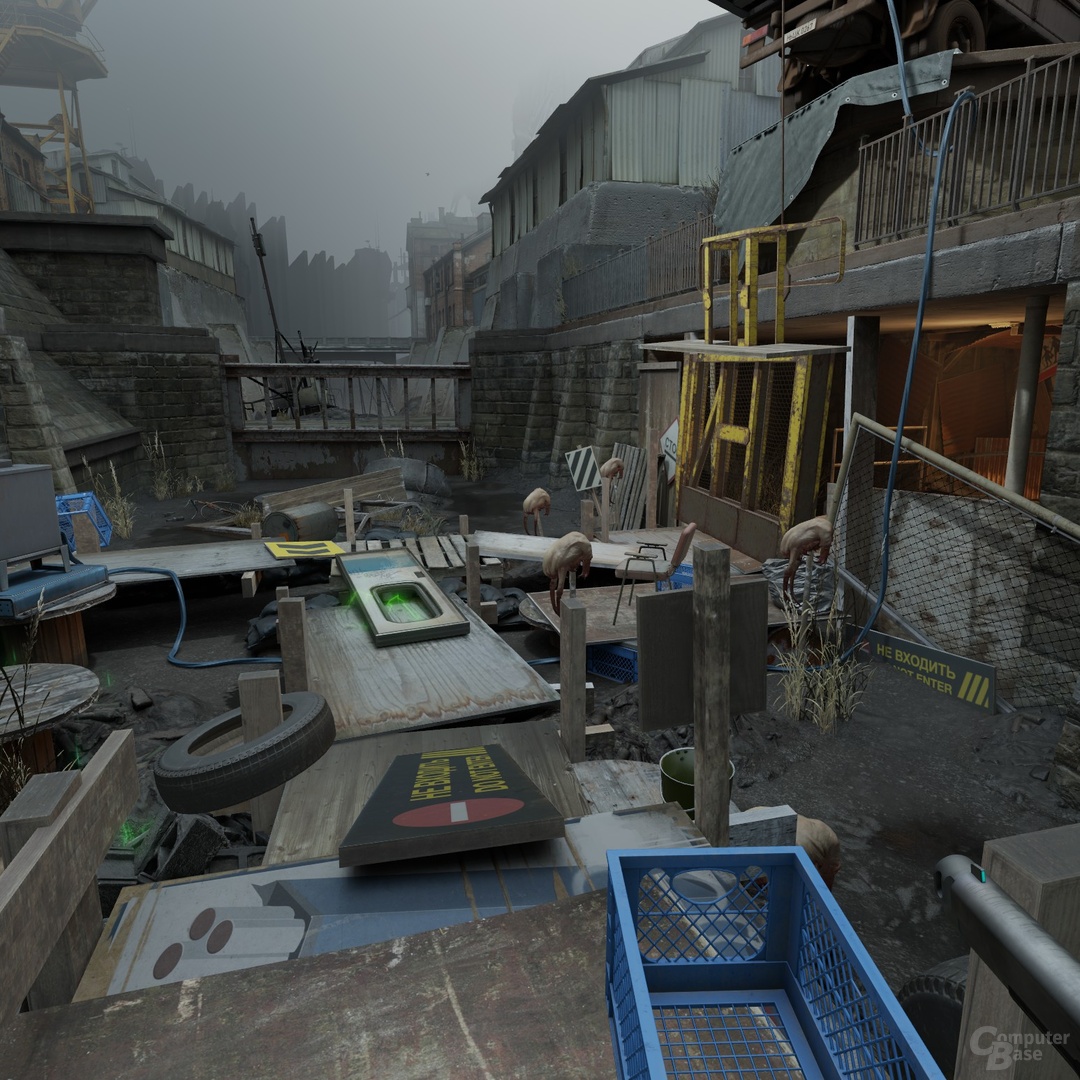– Valve takes it into his own hands and delivers a real VR experience with Half-Life: Alyx. After the first few minutes, the game is more and more under its spell. An absolute high-end PC is not required for this, as the editorial team's GPU benchmarks show.
Valve is tackling it again
VR was the topic of the hour at the beginning of 2016, everyone was talking about Oculus Rift and HTC Vive. But now the VR hypetrain for consumers has completely derailed. There is practically nothing left of the former enthusiasm and the hope that VR will prevail in a short time. An important reason for this was and is that in most cases the games simply could not convince or only in the niche.
For Valve, a pioneer at VR, who once helped HTC at Vive, developed SteamVR and has been offering their own headset with the Index since the beginning of 2019, it was high time to start trading the software – in a very big way .
No, there isn't a Half-Life 3, but with Half-Life: Alyx finally a title that shows how one of the most popular universes in game history continues (or how one came to the known end) . Just not with Gordon Freeman with the classic crowbar, but as Alyx Vance with the Gravity gloves. And just in VR – exclusively, classic "screen watchers" are left out. Mission accomplished?
In addition to this question, the editorial team also focuses on technology. And that's not that easy, because the classic benchmarks with FPS don't really work in VR. Therefore, an adapted, very complex test procedure is used, which will really show which graphics card it must be for Half-Life: Alyx.
For the time being, contrary to planning, these tests could only be carried out with the Oculus Rift S, even though the Valve Index had already moved to the home office. But the tool to determine the performance wanted to work with all other titles, but not in Alyx with the index. The editors stay tuned.
Half-Life: Alyx with good graphics and a lot of atmosphere
Half-Life: Alyx relies on its own Source 2 engine, which is also used in DOTA 2, among other things. So the basic framework has been around for a few years, but the result works perfectly in virtual reality. DirectX 11 is used as the API.
In many ways, the graphics cannot keep up with heavyweights like Doom Eternal or Red Dead Redemption 2, but graphics in VR also work differently than on the screen. And what you see in Half-Life: Alyx under the glasses looks quite impressive.
The game is incredibly atmospheric, which is largely due to the graphics. In combination with the good animations and the many details, the result on the screen would be just ok, but under the VR glasses it works very well and contributes a huge part to the absolutely successful immersion.
Half-Life: Alyx offers a simple graphics menu without a lot of options or luxury. Ultimately, there are only four graphics presets and a few individual options. There are also no comfort options, descriptions of the individual options or sample screenshots. The menu could be from Half-Life 2. This is not a broken leg, but other games are now doing much better. That would be all the more important as Valve tries to achieve the VR breakthrough with the game.
Four presets for better performance
Half-Life: Alyx comes with four different presets to adapt the graphics quality to your own computer. "Low", "Medium", "High" and "Ultra High" are available. All changes are applied without a restart, which is unfortunately not always the case today.
The visual differences between medium, high and ultra high are minimal. You hardly see any on screenshots, a slightly stronger flicker and a more aggressive LOD become noticeable in motion. However, the differences are minimal. The low preset, on the other hand, does not cover the surrounding area in places, which costs a good bit of atmosphere. The lowest setting should be avoided if possible.
Bigger differences between AMD and Nvidia in the presets
The graphic presets in Half-Life: Alyx show unusual differences between AMD and Nvidia. The GeForce RTX 2070 Super and the Radeon RX 5700 XT still agree on the high preset, which improves performance by only three (AMD) and four percent (Nvidia) compared to ultra-high. From the middle, the scissors widen, because the GeForce increases by 13 percent, the Radeon, however, only by six percent. At low the picture turns around: The Radeon RX 5700 XT is a good 39 percent faster, the GeForce RTX 2070 Super only 22 percent. Overall, the AMD graphics card allows a slightly higher tuning than the Nvidia accelerator.
Graphics Presets – Rift S (350%, 3,080 × 3,320)
Low preset
Medium preset
High preset
Ultra high preset
Low preset
Medium preset
High preset
Ultra high preset
For the preset benchmarks, the editors use FPS – these have only little meaning in VR, but best show the differences in different graphics options without being slowed down by any limits. For this, the possibility given by FCAT VR is used to read out the FPS that is not slowed down by the refresh rate of the VR glasses.
On the next page: Benchmarks with the Oculus Rift S




